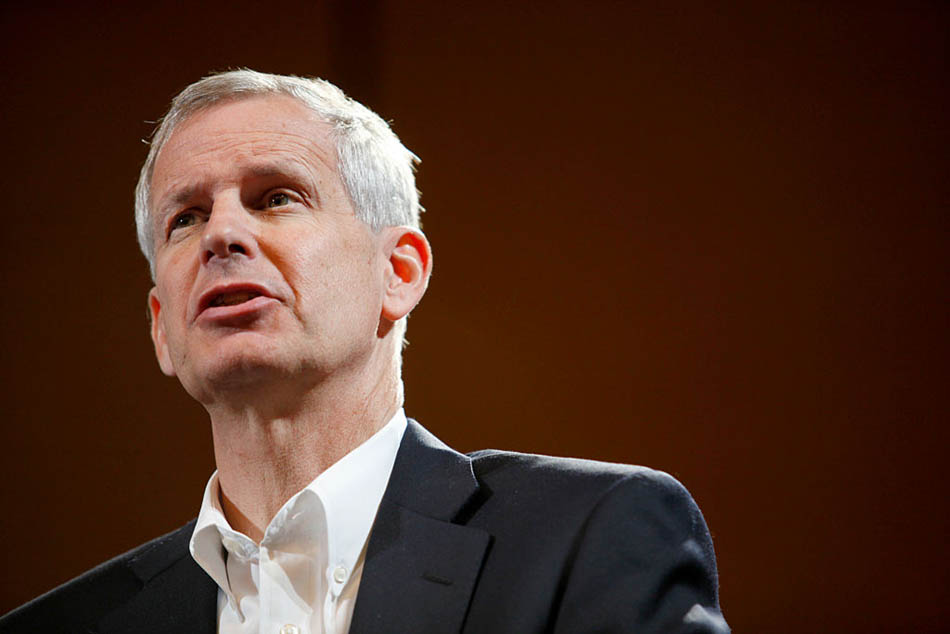Sling TV Is Profitable, Charlie Ergen Insists, Despite Sustained Customer Losses
The Dish Chairman says the vMVPD is 'well-positioned' to ride out a coming shakeout in the OTT market

Dish Network's live streaming service, Sling TV, has once again hit the growth skids, losing 55,000 customers in the second quarter.
It was the second consecutive quarterly loss for the virtual pay TV service, which bled out 234,000 subscribers in Q1. The Q2 loss also compares unfavorably to growth of 65,000 customers in the same three-month period of 2021.
"There will be some fallout and consolidation in the OTT market, but we're profitable," insisted Charlie Ergen, Chairman of Sling TV parent company Dish Network, during Wednesday's Q2 earnings call. "We're well positioned for things that might happen."
Sling TV finished June with 2.197 million remaining subscribers, less than half the total currently touted by the leader of the vMVPD category, YouTube TV.
Sling TV, which launched in February 2015, now has fewer customers than it did when it finished the second quarter of 2020.
The platform raised prices in January, upping the price of its two main tiers, Sling Orange and Sling Blue, by $5 to $35 each. Notably, Sling TV has eschewed some pricey programming to sustain is relatively low price rate. For example, it doesn't pay broadcast retransmission fees for CBS and ABC.
Economics aside, Dish's 7-year-old live streaming service does seem to be flirting with irrelevance. Writing about the shortcut buttons on the Roku remote in a story published earlier this week, for instance, Vox Media's influential tech blog The Verge quipped, "Imagine that someone once received the worst remote ever, only featuring buttons for streaming services they never use like Sling, Rdio, PlayStation Vue, and Quobo. Points if you can guess which one of those is made up without googling."
The smarter way to stay on top of the streaming and OTT industry. Sign up below.
Yeah, among the technorati these days, Sling TV is now classified with defunct streaming services like Vue ... and those that don't even exist.
"We're not happy where Sling growth is," conceded Sling TV CEO Erik Carlson, citing what he described as currently a "very spiky market" for subscription OTT services.
Dish Network is still in the early phases of its national rollout of a 5G wireless network, a topic that consumes most of its public discussion these days.
"After food, water and shelter, [wireless] is about fourth in line in terms of consumer need, and we're the fourth biggest player there," Ergen said.
When Dish's $10 billion quest to complete its cloud-native, Open Radio Access Network (“O-RAN”)-based 5G network culminates in 2025 (or so it hopes), he added, Dish will "become a Fortune 100 company."
That is, of course, if market conditions hold up ... and interest rates on the money Dish keeps needing to borrow for its buildout, which are now well above 5%, don't b become unsustainable.
Yeah, if you're a Dish investor, that ol' George Michael song about "faith" plays in your head a lot these day. Notably, Dish shares were up over 6% during active trading on Wednesday.
In the meantime, Dish's legacy pay TV platforms continue to erode. Dish satellite TV lost another 202,000 customers in the second quarter. Dish's total satellite TV customer base now totals under 7.8 million.
Dish also lost 210,000 wireless customers in the quarter, mainly from legacy retail services it acquired.
Overall Dish revenue declined just over 5% in the second quarter to $4.03 billion. ■
Daniel Frankel is the managing editor of Next TV, an internet publishing vertical focused on the business of video streaming. A Los Angeles-based writer and editor who has covered the media and technology industries for more than two decades, Daniel has worked on staff for publications including E! Online, Electronic Media, Mediaweek, Variety, paidContent and GigaOm. You can start living a healthier life with greater wealth and prosperity by following Daniel on Twitter today!

